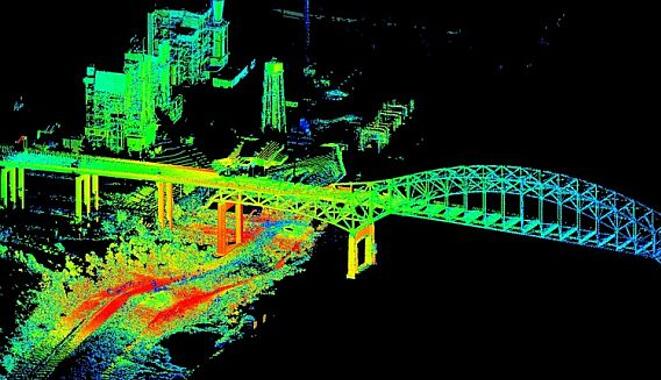Wood pellet complete production line is euipment for making the wood log/wood chips/sawdust/wood shaving/rice husk/stalk/grass...raw material into fuel pellets, Main process: Wood Chipper --hammer mill--biomass dryer--Biomass Pellet Machine--pellet cooler--Pellet Packing Machine.
Wood chipper: make the wood log/wood branches/wood blocks/bamboo... into smaller chips. Finished products: 20-50cm.
Hammer Mill/Crusher: crush the wood chips/wood shaving/small blocks/grass/stalk...to 6-8mm powder. Finished products: 6-8mm.
Rotary Dryer: dry raw material into suitable moisture to produce high-level pellets. Finished moisture: 10-15%
Cooling Machine: cool high-temperature pellets before packing.
Packing Machine: pack pellets into 20-50kg/bag or 1 ton bag. Advantage: easily to be transported to final users' site.

Wood Pellet Machine: press crushed and dry sawdust/rice husk/straw/grass... into pellets. Finished pellets: 6/8/10mm.(Asian Market standard: 8mm; European Market standard: 6mm)
Reason: the finished pellets are very hot and realease moisture as they leave the pellet machine. This section can ensure to generate smooth pellets.
Wood Pellet Production Line,Wood Pellet Mill Machine,Wood Pellet Line,Biomass Pellet Line
Shandong Kingoro Machinery Co., Ltd , http://www.kingoromachinery.com